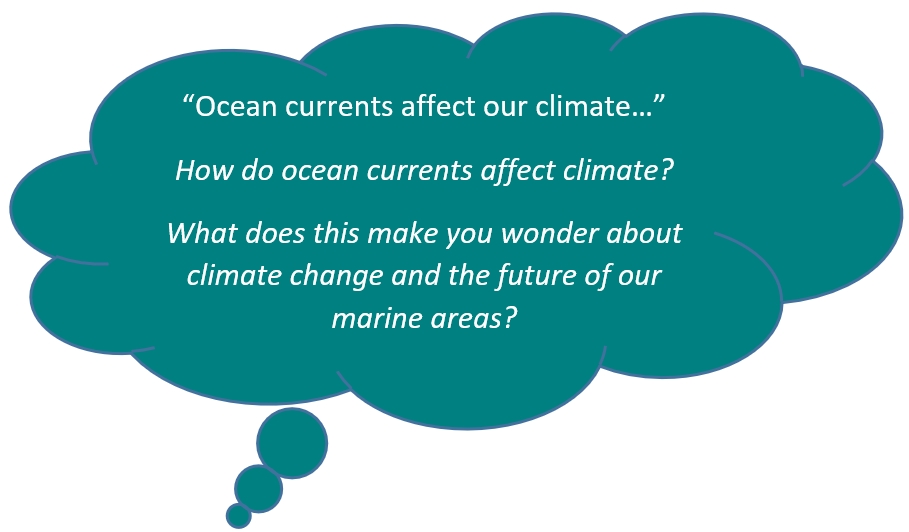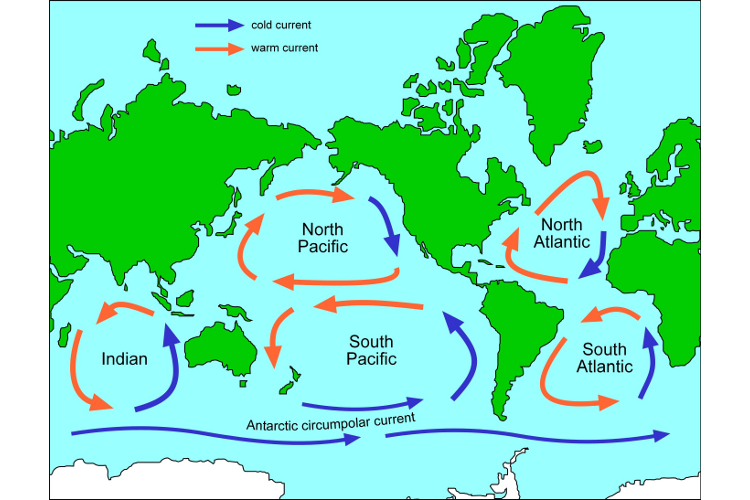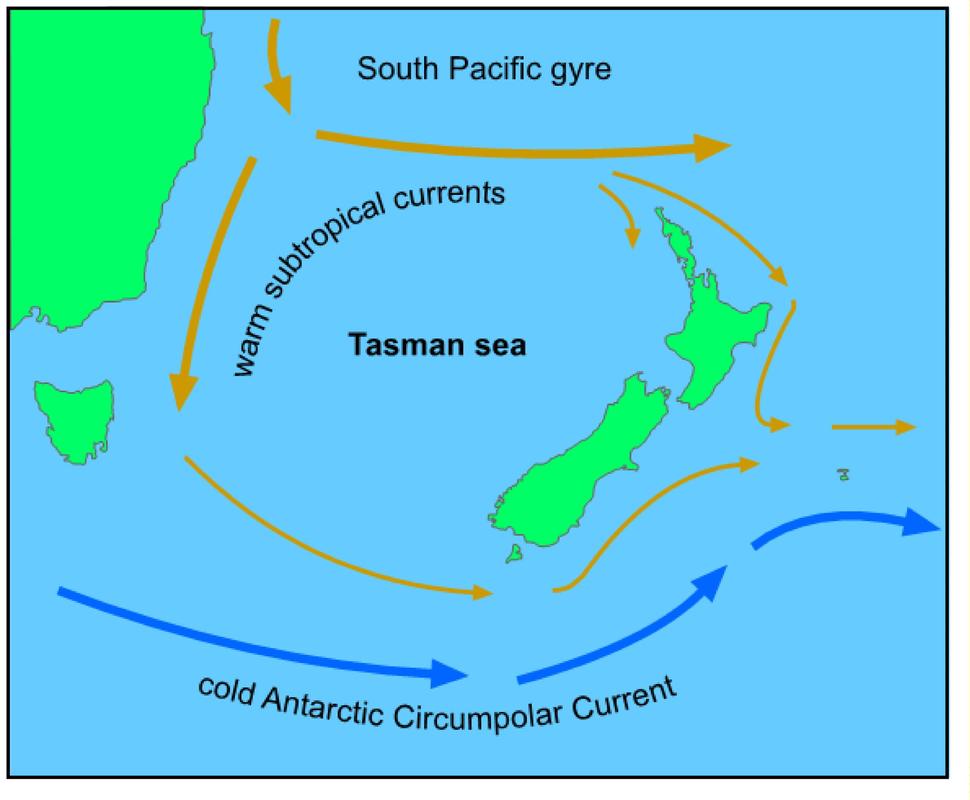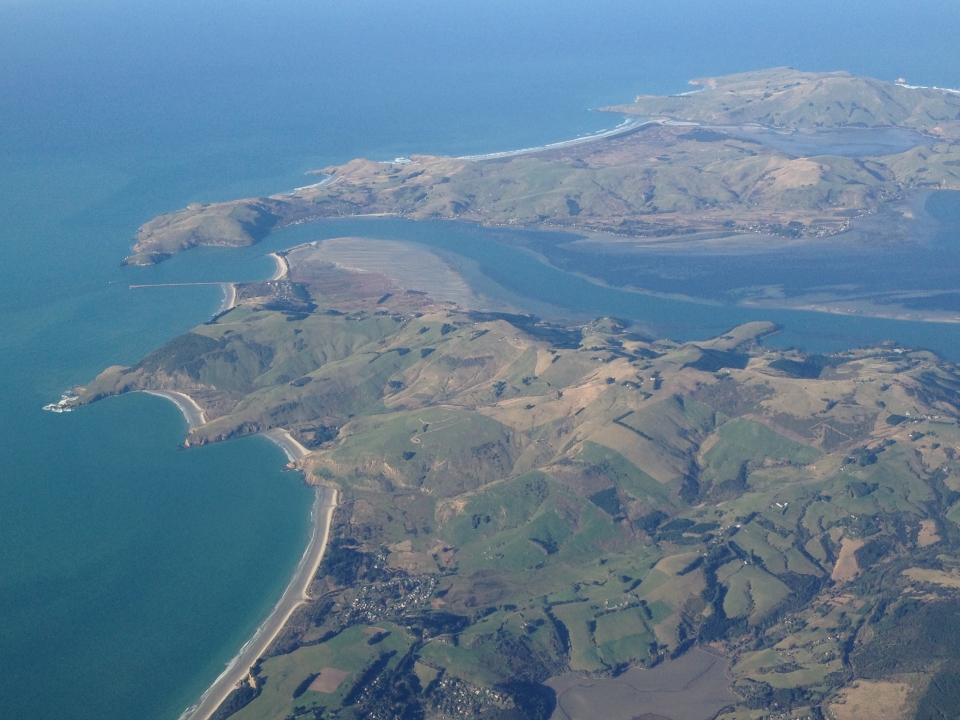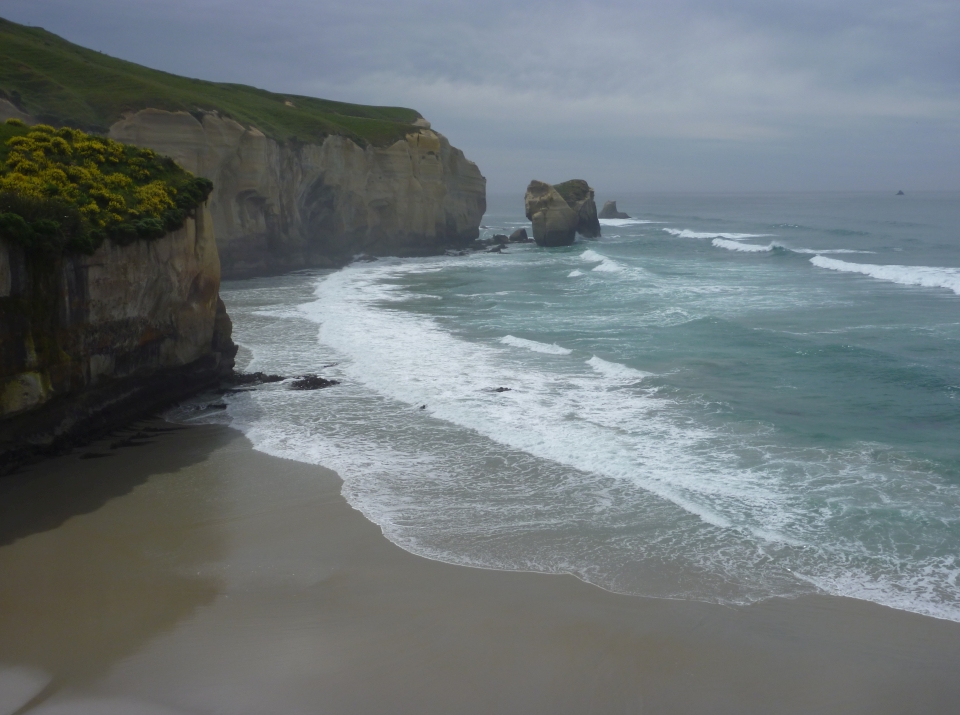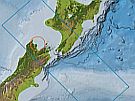The ocean is always moving. The ocean moves water, heat, salt and nutrients around the world.
What causes this movement?
Ocean currents are caused by:
- changes in temperature
- changes in salinity
- wind
- tides
There a two main types of ocean current:
- Surface currents in the top 400m of the ocean are driven mainly by wind and tides.
- Deeper currents are driven by changes in water density.
Both surface and deep ocean currents work with the atmosphere to shape the Earth’s climate.
Surface currents
There are five main oceans, these are the:
- North Atlantic Ocean
- South Atlantic Ocean
- North Pacific Ocean
- South Pacific Ocean
- Indian Ocean
Around each of these oceans is a huge circular current. These circular currents are driven by:
- the wind
- heating at the surface
- the spin of the Earth (the Coriolis effect).
Because the Earth spins on its axis it causes wind and water to be deflected or bent around – clockwise in the northern hemisphere, and anticlockwise in the southern hemisphere. This effect is known as the Coriolis Effect. These large circular ocean currents are called gyres.
These large-scale surface currents can travel at up to 4km an hour. They are important because they carry heat away from the tropics, giving it back up to the atmosphere as they head towards the poles.
New Zealand is affected by warm subtropical currents coming from Australia and the cold Antarctic circumpolar current. Wind can also create smaller currents at the local scale that can change overtime.
Deep Ocean Currents
Deep in the ocean there are slower moving currents created by changes in:
- temperature
- salinity.
Dense water sinks below less dense water. This drives the Global Ocean Conveyor, a system of deep currents that carry heat, salt and nutrients around the planet. The Global Ocean Conveyor is a continuous cycle of currents that flow beneath the main surface currents.
In the North Atlantic, cold winds from the Arctic cool the surface water. The formation of sea ice removes water but leaves the salt behind, so the water becomes more salty. The cold, salty water is denser than the water below, so it sinks and flows south like a very large, slow river in the ocean. The cold, salty water eventually flows past Antarctica, then north into the Pacific and Indian Oceans. Here, the water gradually warms and mixes with other water to become less salty – it becomes less dense, so rises to the surface.
This upwelling is very slow – the water rises only a few metres a year. Water that sinks in the North Atlantic may not see the surface again for a thousand years.
Tides
Tides create a current in the oceans, which are strongest near the shore, and in bays and estuaries along the coast. These are called "tidal currents."
Tidal currents change in a very regular pattern and can be predicted for future dates. Tides are driven by the gravitational force of the moon and sun. Tides are characterized by water moving up and down over a long period of time.
By studying ocean currents scientists can gain a better understanding of how heat, nutrients and pollutants such as plastic are dispersed throughout the world.
